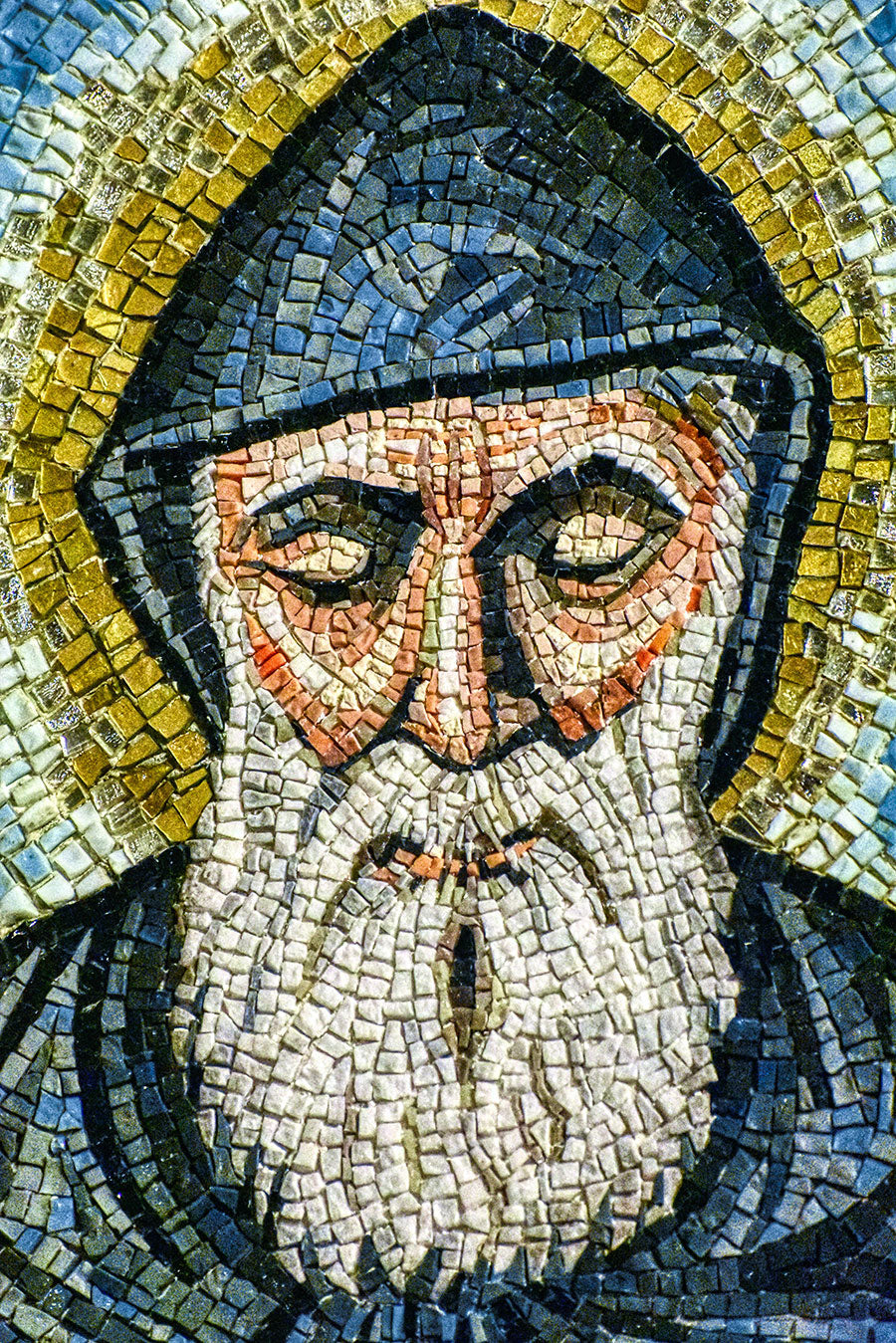
Introduction to Mosaics: A Journey Through Time, Technique, and Artistry
Mosaics are one of the world’s oldest and most enduring art forms—fragments of stone, glass, or ceramic arranged into dazzling images and patterns that have survived thousands of years. From ancient temples to modern kitchens, mosaics are both practical and deeply expressive, carrying stories of cultures, religions, and individuals across millennia.
This post introduces the basics of mosaics, explores their rich history, introduces key terminology, and outlines the different types of mosaics you’ll encounter. Think of this as your foundation before we dive into the deeper chapters of this blog series.
---
What is a Mosaic?
At its simplest, a mosaic is an artwork or surface covering made by assembling tesserae (small pieces of glass, stone, ceramic, or other materials) into a pattern or image. The tesserae are adhered to a base (substrate) with mortar, cement, or adhesive and are often finished with grout to fill the gaps between pieces.
Mosaics can be:
Functional (floors, walls, fountains, furniture)
Decorative (fine art, portraits, medallions)
Symbolic (religious icons, cultural motifs)
---
A Brief Timeline of Mosaic History
Mesopotamian Origins (3rd millennium BCE)
The earliest known mosaics were found in Mesopotamia, where clay cones with painted tips were embedded into walls to create geometric designs.
These weren’t pictorial yet, but they introduced the concept of patterned surface decoration.
Greek Mosaics (5th–3rd centuries BCE)
The Greeks refined mosaics using pebbles to create decorative floors.
Over time, they moved to cut tesserae for more detailed imagery.
Common subjects: mythological scenes, geometric borders, and daily life.
Roman Mosaics (1st century BCE – 5th century CE)
Romans perfected mosaic art, spreading it throughout their empire.
They developed opus tessellatum (larger tesserae for big designs) and opus vermiculatum (tiny tesserae for shading and detail).
Famous sites: Pompeii, Herculaneum, and North African villas.
Byzantine Mosaics (4th–15th centuries CE)
A major turning point: mosaics became highly symbolic, religious, and luminous.
Artists used smalti (thick glass tesserae with metallic backings) to create radiant mosaics that reflected light inside churches.
Famous works: Hagia Sophia (Istanbul), San Vitale (Ravenna).
Islamic Mosaics (7th century CE onward)
Islamic art emphasized geometric and floral patterns over figurative imagery.
Mosaics became central in mosques, palaces, and fountains—especially in Morocco, Spain, and Persia.
Zellige (Moroccan mosaic tilework) and mosaic faience are distinctive examples.
Medieval and Renaissance Europe
Mosaics remained important in cathedrals and basilicas but gradually gave way to frescoes and paintings as primary art forms.
In Venice, mosaic tradition persisted with famous workshops producing stunning works like those in St. Mark’s Basilica.
Modern and Contemporary Mosaics
The 19th and 20th centuries revived mosaic art for public spaces.
Artists like Antoni Gaudí (Park Güell, Barcelona) redefined mosaics with bold, organic forms and trencadís (broken tile mosaics).
Contemporary mosaicists experiment with new substrates, mixed media, and modern adhesives, making mosaics both a fine art and a craft.
---
Key Mosaic Terminology
These terms will form the backbone of your mosaic knowledge:
Tesserae – small pieces used in mosaics.
Smalti – richly colored glass tesserae, often with metallic flecks.
Opus Tessellatum – standard mosaic technique using medium-sized tesserae.
Opus Vermiculatum – fine-detail mosaic using tiny tesserae for shading.
Opus Sectile – mosaics made from larger, shaped pieces of stone or marble.
Trencadís – broken ceramic tile technique, made famous by Gaudí.
Grout – material filling spaces between tesserae.
Substrate – the surface on which a mosaic is built (cement, mesh, wood, etc.).
---
Types of Mosaics
Mosaics aren’t just one style. Here are the main categories:
1. Classical Stone & Pebble Mosaics – earliest examples, natural stones and pebbles arranged in patterns.
2. Glass Mosaics – vibrant color, reflective qualities (Byzantine, modern decorative art).
3. Ceramic Mosaics – common in architecture, practical and versatile.
4. Metal & Mixed Media – combining glass, stone, beads, or found objects.
5. Opus Sectile – large cut shapes forming images.
6. Modern/Contemporary Mosaics – experimental, abstract, using recycled materials, mirrors, and unconventional media.
---
Influential Mosaic Artists
Throughout history and into today, several names stand out:
Unknown Roman and Byzantine Masters – anonymous artisans who created enduring treasures.
Antoni Gaudí (1852–1926) – Spanish architect who pioneered modern mosaic with trencadís.
Gino Severini (1883–1966) – Italian Futurist painter who embraced mosaic in his later work.
Niki de Saint Phalle (1930–2002) – French-American artist famous for monumental mosaic sculptures like the Tarot Garden.
Contemporary Mosaicists – Sonia King, Isidora Paz López, Emma Biggs—modern artists pushing boundaries of scale, material, and theme.
---
Why Mosaics Endure
Durability: Mosaics outlast paintings and textiles. Roman floors are still intact after 2000 years.
Versatility: Indoors, outdoors, fine art, or functional surfaces.
Symbolism: Rich in meaning—religious, cultural, or personal.
Beauty: The play of light, color, and texture is unmatched.
---
Where This Series Goes Next
This introductory post sets the stage. In future articles, we’ll dive deeper into:
Techniques: from direct vs. indirect methods to cutting tesserae.
Materials: stone, glass, ceramic, recycled objects.
Design: patterns, shading, andamento (flow of tesserae).
Installation: substrates, adhesives, grouting.
Conservation: how mosaics survive (and fail) across centuries.
Modern applications: mosaics in homes, architecture, and fine art.
---
Conclusion
From Mesopotamian temples to modern public art, mosaics have always been a medium that combines strength with beauty, storytelling with durability. They are as much about community and culture as they are about artistry.
This blog series will be your comprehensive mosaic handbook, guiding you from the origins of tesserae to creating your own contemporary masterpieces.